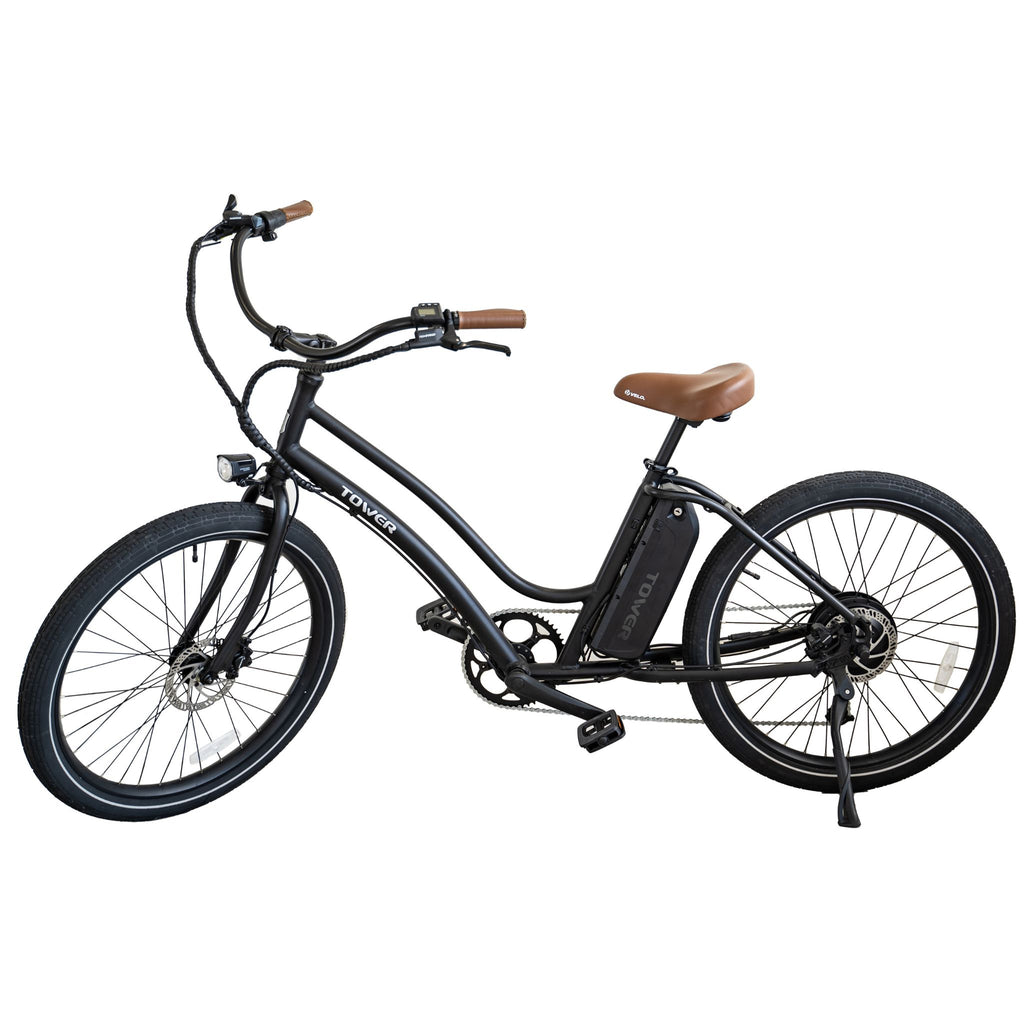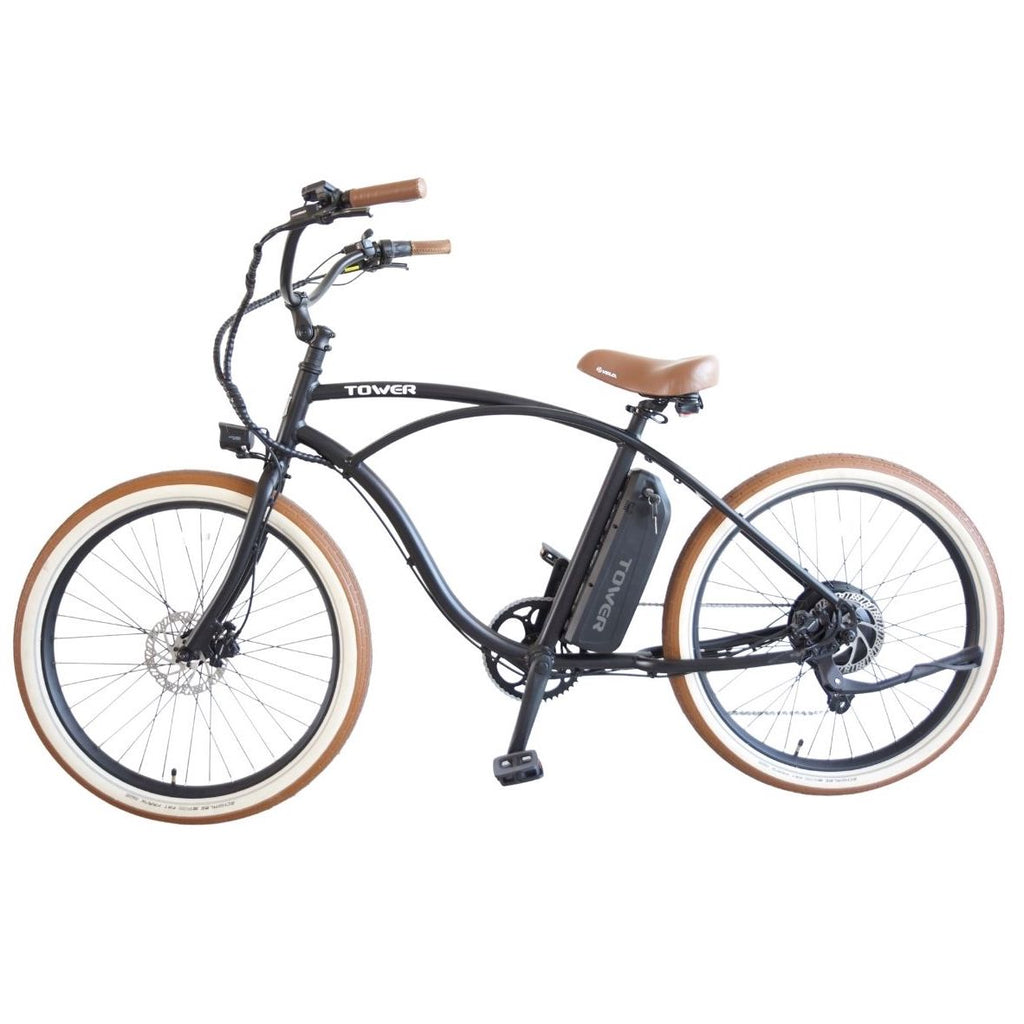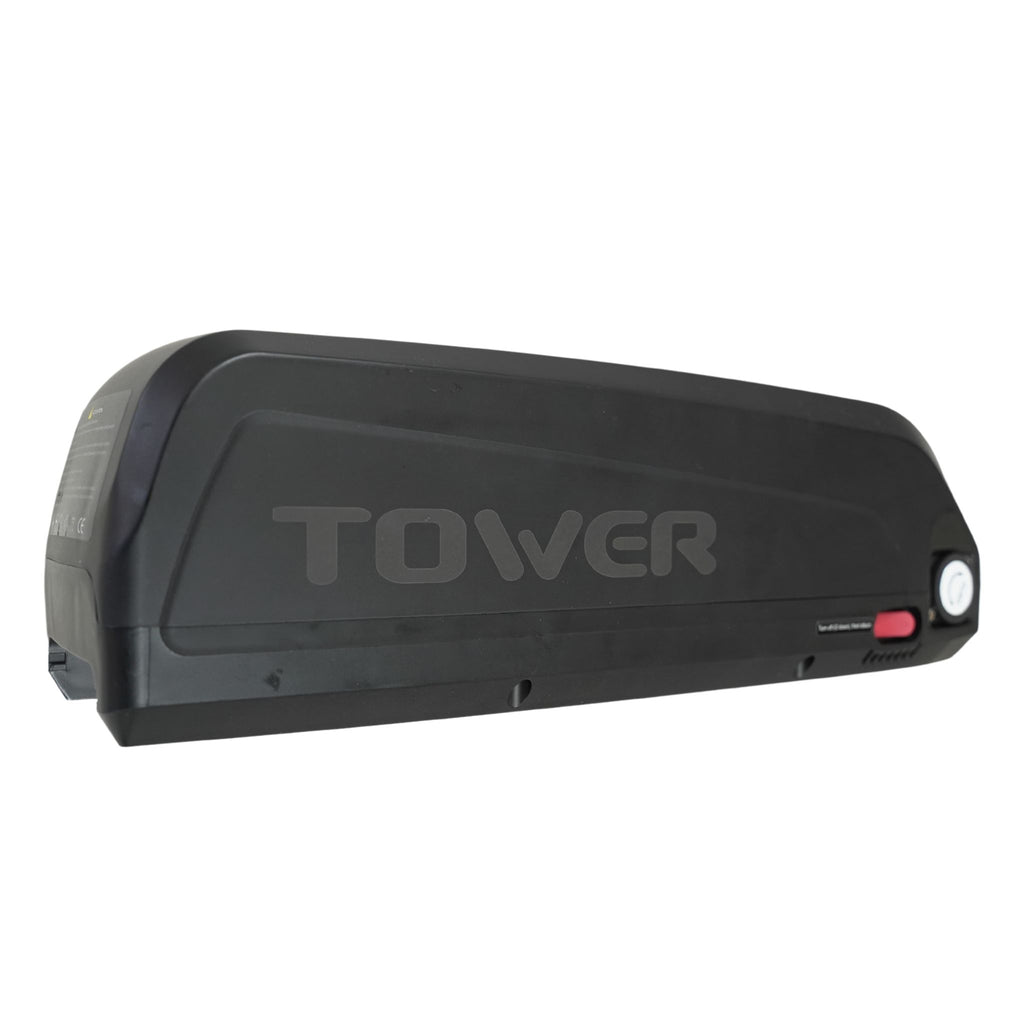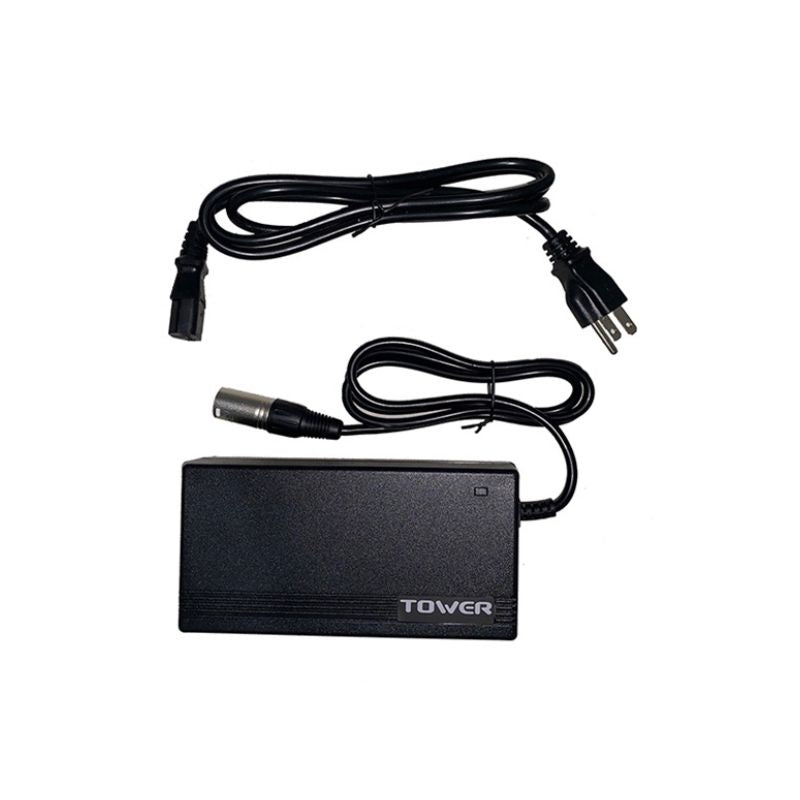Disc brake pads are highly responsive and have good grip, but the pads can become contaminated or glazed over. When contamination or glazing over occurs, you can have diminished braking power and can make very loud screeching noises. If you notice your bike is not stopping as well or is making really loud screeching noises, it may be possible the pads have become contaminated.
What does it mean for brake pads to be contaminated? Disc brake pads are a porous material, which helps with the braking power, but can be prone to absorbing liquids and oils. Contamination occurs when some sort of substance has seeped into the brake pads. Oftentimes, it is a lube or hydraulic braking fluid that has caused contamination, but it can be other chemicals or solvents as well. When contamination occurs, the brake pads do not perform as well, as they slide more on the rotors, instead of gripping and stopping the bike. When this contamination occurs, it is possible to remove the contaminated section and make the brake pads functional again. Resurfacing brake pads involves removing the outer layer of brake pad in hopes of removing the contaminated layer. Please note: If contamination is too deep, resurfacing will not solve the problem and new brake pads would be needed.
Here is a video that walks through this process:
Here are the tools needed for this:
- Fine Grit Sandpaper (220+ Grit)
- 3mm Allen/Hex Key
- 5mm Allen/Hex Key
Here is the process:
- Whether you are doing the front or back brake, use the 5mm Allen Key to unscrew the bolts mounting the bracket to the bike (not the bolts holding the caliper to the bracket). We remove the bracket, not just the caliper, as this helps us be able to access the brake caliper without changing its adjustment to the rotor.
- With the caliper able to freely move, use the 3mm Allen Key to remove the retaining bolt that holds the brake pads in place.
- Once the retaining bolt has been removed, push the brake pads out through the bottom of the caliper.
- With the brake pads out of the brake, get your fine grit sandpaper and place a sheet of it on a hard, flat surface, like a table or workbench.
- Take one of the brake pads and gently pressing down, rub the braking surface on the sand paper in small, circular movements. You will start to see the material come off on the sandpaper and the brake pad will start to lighten up in color.
- Repeat this process for the other brake pad.
- After rubbing the brake pads, they should look light colored and without any discolored spots. If you see small discolored spots, repeat the sanding process until it goes away. If there are still large discolored spots, the brake pads are more than likely too contaminated and need to be replaced.
- With those brake pads resurfaced, you can then reinstall them into the caliper. Put both brake pads back in their retaining spring/housing, and push back into the caliper.
- After the brake pads have been reinserted into the caliper, reinstall the retaining bolt using your 3mm Allen Key.
- After you have resurfaced the brake pads, it is also a smart idea to resurface the rotor as well. Before reinstalling the brake pads and the caliper, take a fresh piece of the fine grit sandpaper and grip the rotor from both sides.
- Applying pressure to both sides of the rotor (only on the braking surface), rub the rotor with the sandpaper while rotating the wheel around. You will start to see the “shiny” parts of the rotor get rough and more matte as you rub the sandpaper. This is good and what you want, as the slicker the rotor surface, the more the brake pad will slide on it.
- Once the rotor has been properly resurfaced and does not look “shiny”, you can reinstall the brake caliper. Use the 2 5mm bolts and remount the brake bracket onto the frame.
And with that, the brakes resurfacing would be complete. Take the bike for a test ride and see if the noise has gone away and the braking is more responsive. If the brakes are still sliding and making a loud screeching noise, then the pads are more than likely too contaminated and should be replaced. Please see our Brake Pad Install section for a walkthrough of that service.
Everything DIY E-Bike Repairs
Homepage: eBike Repair Guide
eBike Repair Basics & Assembly
- eBike Specs and Walkthrough
- Tower eBike Serial Numbers
- Recommended Tools eBike Repairs at Home
- eBike Operation Guide
- Initial Build of a Tower eBike
- Tower eBike Torque Specs
- eBike Care and Maintenance
- Quick Reference eBike Repair Guide
eBike Brake System Service Guide
- eBike Hydraulic Brake System Introduction
- How to Adjust an eBike's Hydraulic Brakes
- How to True an eBike Rotor
- E-Bike Brake Rotor Install
- Brake Pad Install for E-Bikes
- How to Resurface eBike Brake Pads and Rotors
- How to Bleed Hydraulic Brakes on an eBike
eBike Drivetrain Service Guide
- How to Clean Your eBike Drivetrain
- Shifting Adjustment on an E-Bike
- Electric Bike Shifter Cable Install
- How to Install a New Chain on an eBike
- E-Bike Derailleur Installation
- Replace the Shifter on an E-Bike
- Replace an Electric Bike Cassette
- Crankset Install on an E-Bike
- E-Bike Derailleur Hanger Adjustment
- Installing Pedals on an Electric Bike
eBike Wheels & Tire Guide
- Flat Tire Repair on an Electric Bike
- New Tire Install on an Electric Bike
- Rear Wheel (with Hub Motor) Removal Guide
- How to True E-Bike Wheels
- Electric Bike Spoke Replacement
eBike Electric Repair Guide
- E-Bike Electrical System Overview
- Intro to Electrical Troubleshooting an eBike
- Methods of Electrical Troubleshooting an eBike
- Electric Bike Error Codes
- Electric Bike Battery Services
- Electric Bike Motor Issues
- E-Bike Will Not Power On
- Troubleshooting Pedal Assist on an E-Bike
- No Throttle Power eBike Troubleshooting
- E-Bike Does Not Pedal Assist or Throttle
- Intermittent Power Loss While Riding an eBike
Miscellaneous eBike Service Guide
















